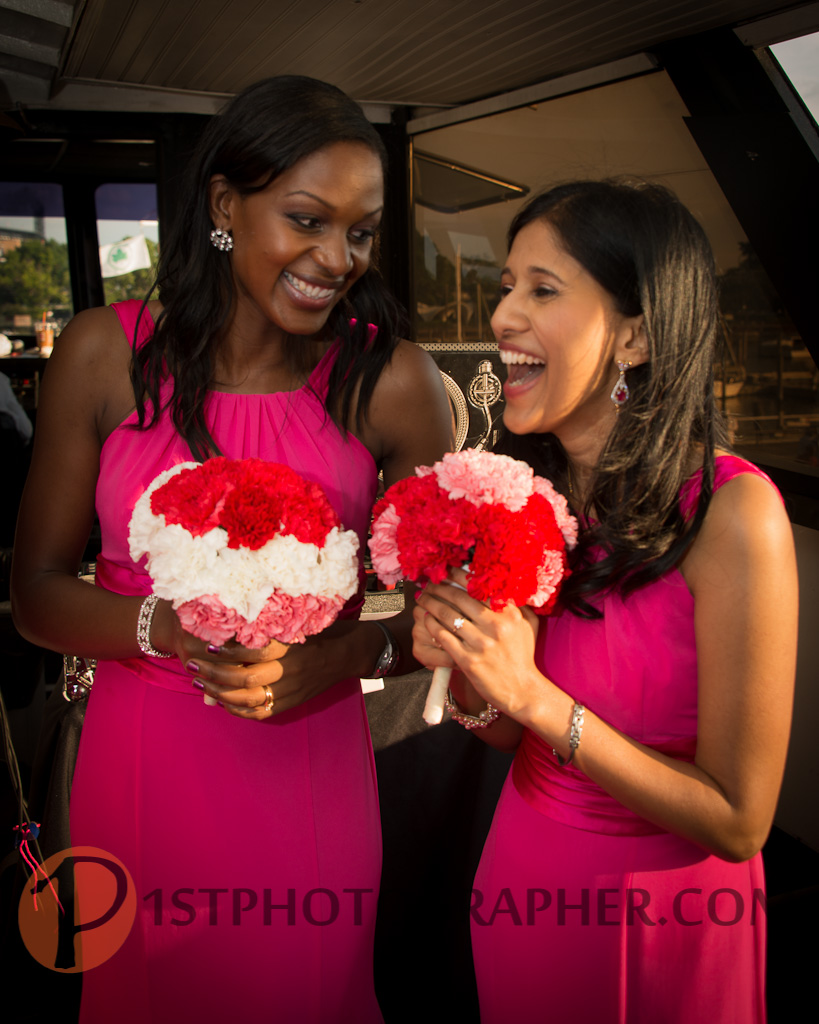The word photography means, writing with light. Light is the raw material for any photograph and we want to understand how it works so we can take better photographs.
We start this series with Understanding Lighting Brightness.
The fundamental quality of light is its brightness, since it impacts tonal contrast and exposure for an image. It is also the aspect of light easiest to understand. We cannot get a good picture if light is not bright enough. We almost always prefer light that is bright enough unless using dimmer light causes an aesthetic improvement specific to the kind of image we want to create. Sometimes, due to aesthetic reason, photographers deliberately under or over expose to change the brightness of the photograph vastly from that of the actual scene. I underexposed the landscape picture to enhance the highlights in the clouds and to make the tree a silhouette. At the same time I used a low fill in flash for the flowers in the foreground. The deliberate overall under exposure and the fill in compensation in the foreground did couple of things. From an technical aspect, it greatly altered the tonal contrast but from an aesthetic aspect, it created an interesting mood in the scene which was absent when the picture was taken.
Brighter the light the less exposure you need. Conversely in lower light you need more exposure i.e. a wider aperture that will reduce the depth of field or a lower shutter speed which might create problems with camera shake. Camera shake is almost always undesirable. You might be OK with lower depth of field depending on the situation. In fact in certain situations you want lower depth of field but what if the light too bright? Then you either shoot at a higher shutter speed or deliberately reduce the brightness of light getting in to the camera by using the neutral density filter. An example of such a situation is photographing water with long exposure time.
When light is not bright enough you can shoot at higher ISO. This creates bigger grains in film or more noise in digital images. Today, in better DSLR cameras noise handling is excellent and with help from post processing, it is pretty normal to get away with ISO 1600, even at larger image sizes.
In natural light, there is hardly anything we can do to change the brightness of light, other than wait for a favorable change. Obviously artificial light is totally under our control and we can alter any aspect we like. Inthe following parts, we shall look into these other aspects of lighting.






